The electric vehicle (EV) revolution is accelerating faster than anyone predicted. With governments mandating ICE phaseouts, automakers racing to electrify fleets, and consumers demanding affordable models, the spotlight has shifted to a once-overlooked technology: lithium iron phosphate (LFP) batteries.
While nickel-rich lithium-ion batteries (NMC/NCA) dominated the early EV era, LFP is now the fastest-growing battery chemistry worldwide. Tesla, BYD, Ford, and Volkswagen are all pivoting to LFP to meet soaring demand for cost-effective, durable, and ethically sourced EVs. This blog explores why LFP has become the backbone of the mass-market EV transition, analyzes regional demand trends, and examines whether this chemistry can sustain its momentum amid emerging competitors like solid-state and sodium-ion batteries.
1. Why EVs Need LFP: The Demand Drivers
1.1 Affordability: Making EVs Accessible
The average price of an EV battery has dropped from 139/kWh in 2023 (BloombergNEF). LFP has been pivotal to this cost reduction:
- Material Savings: Eliminating nickel and cobalt reduces raw material costs by 25–30%.
- Simplified Manufacturing: LFP’s stable chemistry requires fewer safety systems, cutting production costs by 15%.
Impact on Vehicle Pricing:
- Tesla Model 3 Standard Range (LFP): 47,740 for Long Range (NMC).
- BYD Seagull (China): $11,000 with a 300 km range, powered entirely by LFP.
1.2 Safety: Eliminating the Fire Risk
EV battery fires, though rare, remain a reputational nightmare. LFP’s thermal stability makes it ideal for high-volume markets:
- Zero Thermal Runaway: CATL’s LFP cells passed nail penetration tests at 60°C (140°F), compared to NMC’s combustion at 35°C (95°F).
- Insurance Benefits: German insurers offer 10–15% lower premiums for LFP-powered EVs.
1.3 Longevity: Designed for Second Lives
LFP’s 3,000–5,000 cycle lifespan aligns with commercial EV applications:
- Ride-Hailing Fleets: Uber’s London fleet uses LFP-based EVs to reduce downtime.
- Battery Leasing: NIO offers LFP battery subscriptions with guaranteed 10-year performance.
2. Global Demand Hotspots
2.1 China: The LFP Juggernaut
China accounts for 75% of global LFP demand in 2024, driven by:
- BYD’s Dominance: 1.8 million LFP-based EVs sold in 2023, including the Yuan Plus and Dolphin.
- CATL’s Innovation: The Qilin LFP battery achieves 255 Wh/kg, rivaling mid-tier NMC.
- Policy Push: Subsidies tied to domestically produced batteries favor LFP over nickel-based imports.
2.2 Europe: Playing Catch-Up
Europe’s LFP demand is projected to grow 600% by 2030 (Rho Motion), fueled by:
- Tesla’s Berlin Gigafactory: Producing 500,000 LFP packs annually for Model Y.
- Stellantis Leap: Partnering with CATL to equip Opel and Peugeot EVs with LFP by 2025.
- EU Battery Passport: Mandates ethical sourcing, disadvantaging cobalt-dependent NMC.
2.3 North America: The IRA Effect
The U.S. Inflation Reduction Act (IRA) has turbocharged LFP investments:
- Ford’s $3.5B Michigan Plant: Joint venture with CATL to produce LFP for Mustang Mach-E and F-150 Lightning.
- Tesla’s Nevada Expansion: Doubling LFP production for Cybertruck and Megapack.
- Localization Push: 60% of LFP materials must be sourced domestically by 2027 to qualify for tax credits.
3. Automaker Strategies: Who’s Betting on LFP?
3.1 Tesla: The LFP Evangelist
- Model 3/Y Standard Range: 100% LFP since 2021, reducing costs by $2,500 per vehicle.
- Master Plan Part 3: Projects 50% of Tesla’s energy storage (Powerwall, Megapack) will use LFP by 2025.
3.2 BYD: Vertical Integration Mastery
- Blade Battery: Structural LFP pack with 400 km range, used in 70% of BYD’s EVs.
- Global Expansion: Building LFP gigafactories in Thailand, Brazil, and Hungary.
3.3 Legacy Automakers
- Ford: Targeting $25,000 EVs with LFP by 2026.
- Volkswagen: Converting Salzgitter plant to LFP production for ID.2 and ID.3.
- GM: Exploring LFP for BrightDrop electric vans to undercut Rivian.
4. Supply Chain Challenges: Can Production Keep Up?
4.1 Lithium Bottlenecks
Global lithium demand for LFP batteries will reach 1.2 million tonnes by 2030, up from 300,000 in 2023 (Benchmark Mineral Intelligence). Key projects:
- Vulcan Energy (Germany): Extracting lithium from geothermal brine in the Rhine Valley.
- SQM (Chile): Expanding Atacama operations to supply 20% of Europe’s LFP lithium.
4.2 Graphite Gridlock
- China’s Monopoly: Produces 90% of synthetic graphite, a critical LFP anode material.
- Western Alternatives: Syrah Resources’ Mozambique mine supplies Tesla, but costs are 30% higher.
4.3 Recycling: Closing the Loop
- Redwood Materials: Recycling 95% of LFP components at half the cost of mining.
- EU Regulations: Require 70% battery material recycling by 2030.
5. Competing Technologies: Threats to LFP’s Dominance?
5.1 Solid-State Batteries
- Toyota’s 2027 Target: Promises 750-mile range solid-state batteries but at 3x LFP’s cost.
- Niche Appeal: Likely limited to luxury EVs until 2035 due to manufacturing complexity.
5.2 Sodium-Ion Batteries
- CATL’s Breakthrough: Sodium-LFP hybrids cut lithium use by 50% but lag in energy density (120 Wh/kg).
- Low-Temperature Advantage: Sodium-ion outperforms LFP in sub-zero climates.
5.3 Manganese-Rich LFMP
- Tesla’s Manganese Move: Musk touts manganese as a “breakthrough” for 20% cheaper packs.
- Energy Density Boost: 160–180 Wh/kg, closing the gap with NMC.
6. The Road Ahead: Projections for 2030
6.1 Market Share Forecast
- Global EV Batteries: LFP will claim 65% market share, up from 35% in 2024 (Rho Motion).
- Energy Storage: 80% of grid-scale projects will use LFP due to longevity.
6.2 Price Parity with ICE Vehicles
- BNEF Prediction: LFP-powered EVs will reach sticker price parity with ICE cars by 2027.
- Tesla’s $25k Car: A watershed moment for mass adoption.
6.3 Policy Wildcards
- U.S.-China Trade Wars: Tariffs on LFP materials could raise costs by 15–20%.
- EU Carbon Border Tax: Incentivizes green LFP production but risks supply chain fragmentation.
Conclusion
Lithium iron phosphate batteries have evolved from a compromise to the enabler of the global EV revolution. By slashing costs, enhancing safety, and aligning with ESG goals, LFP has become indispensable for automakers striving to democratize electric mobility.
While challenges like lithium shortages and geopolitical tensions loom, the industry’s aggressive investments in mining, recycling, and R&D suggest LFP’s dominance is far from peaking. For consumers, this translates to cheaper, longer-lasting EVs. For the planet, it’s a critical step toward a fossil-free future.

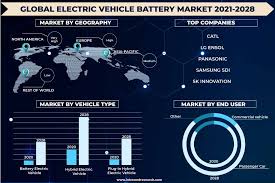
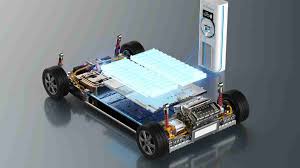
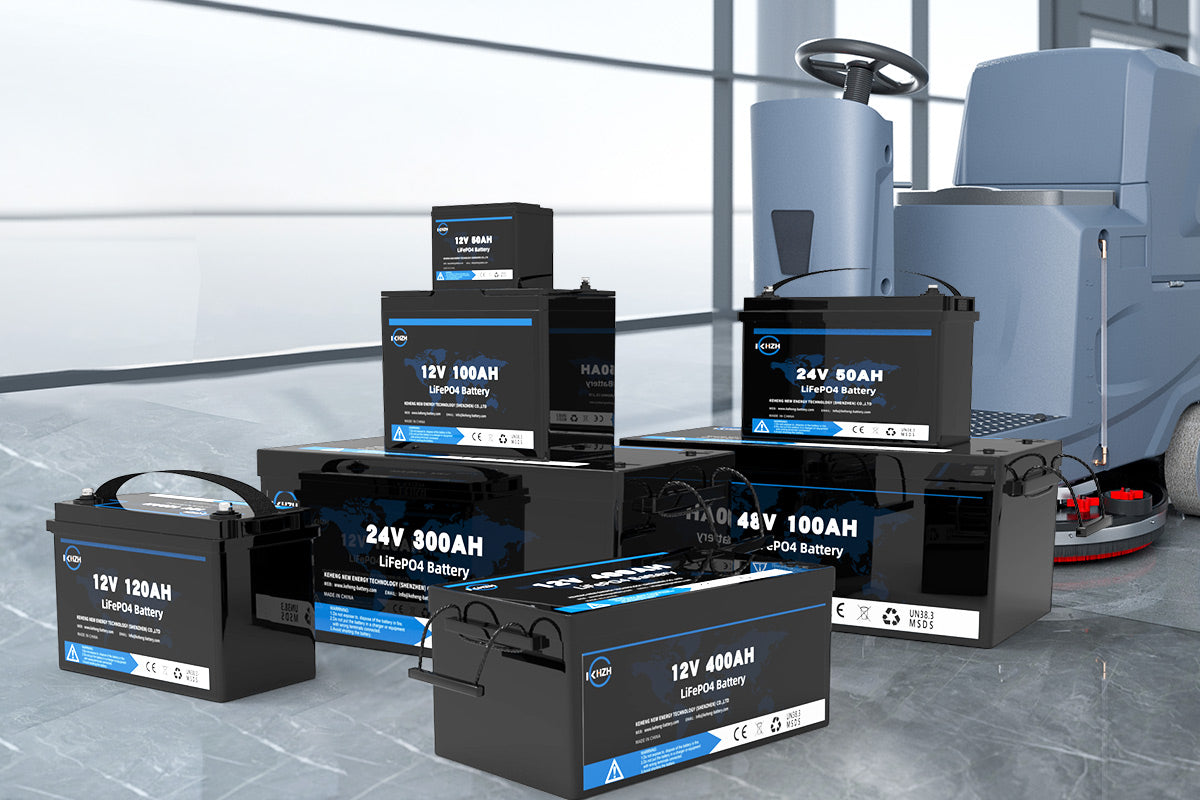


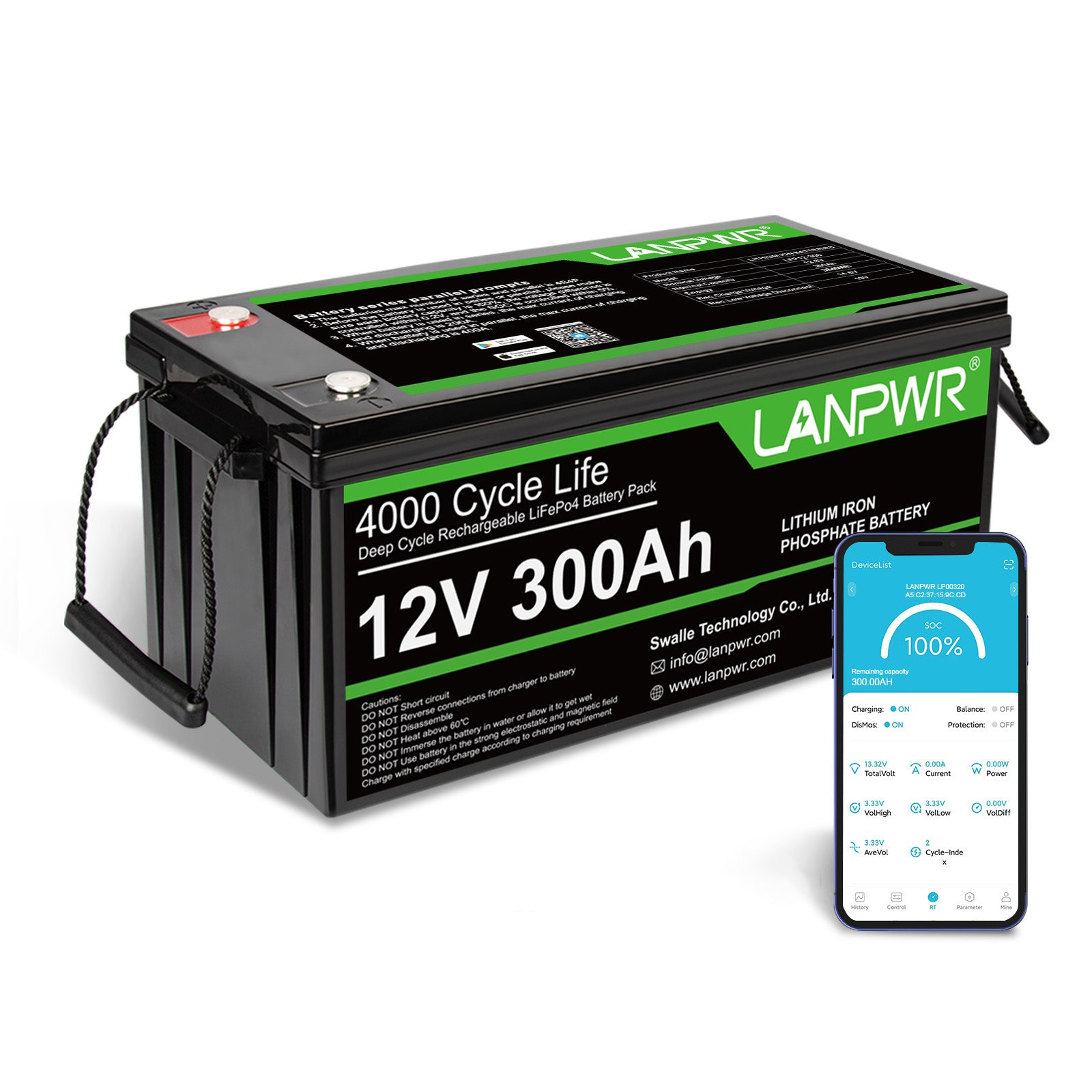
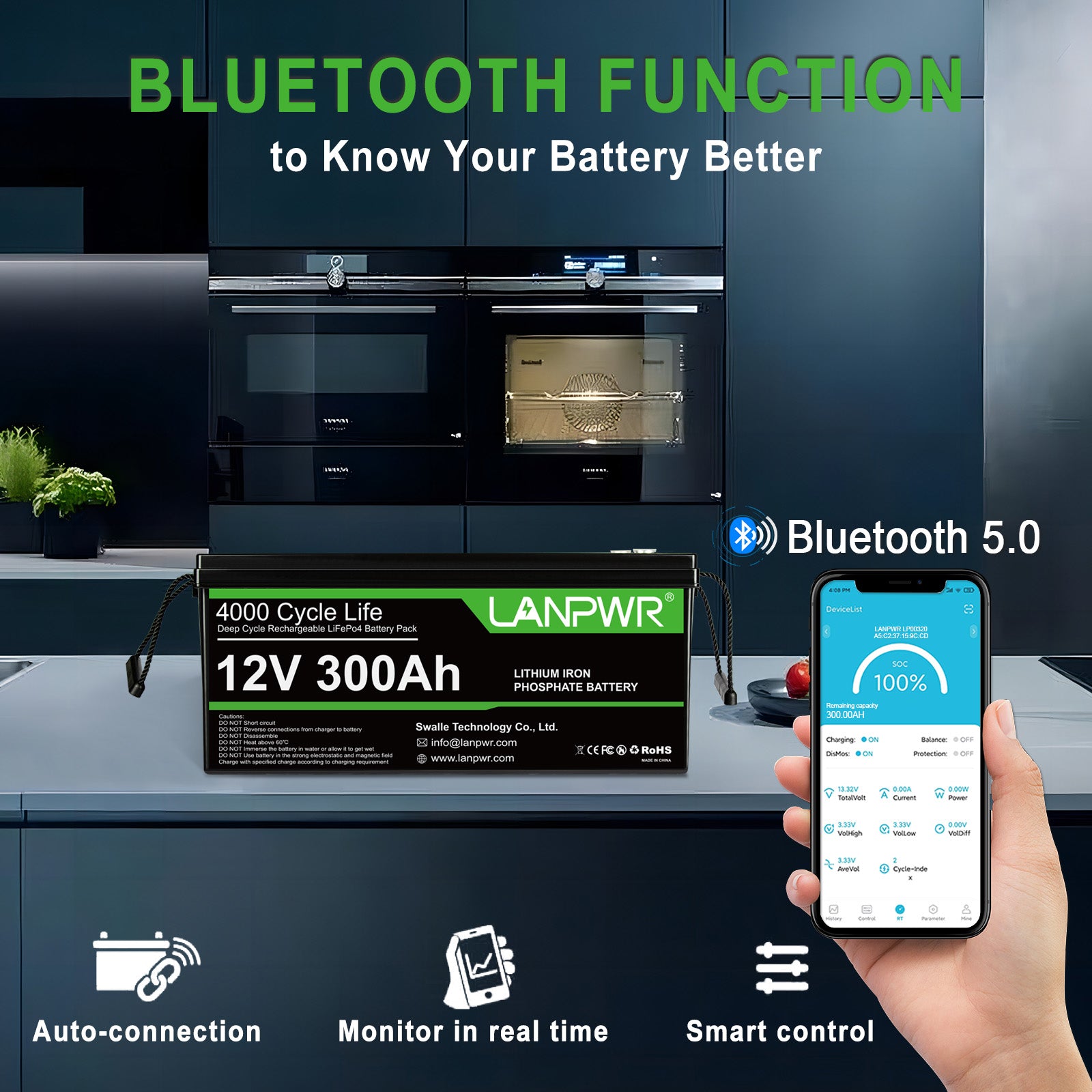
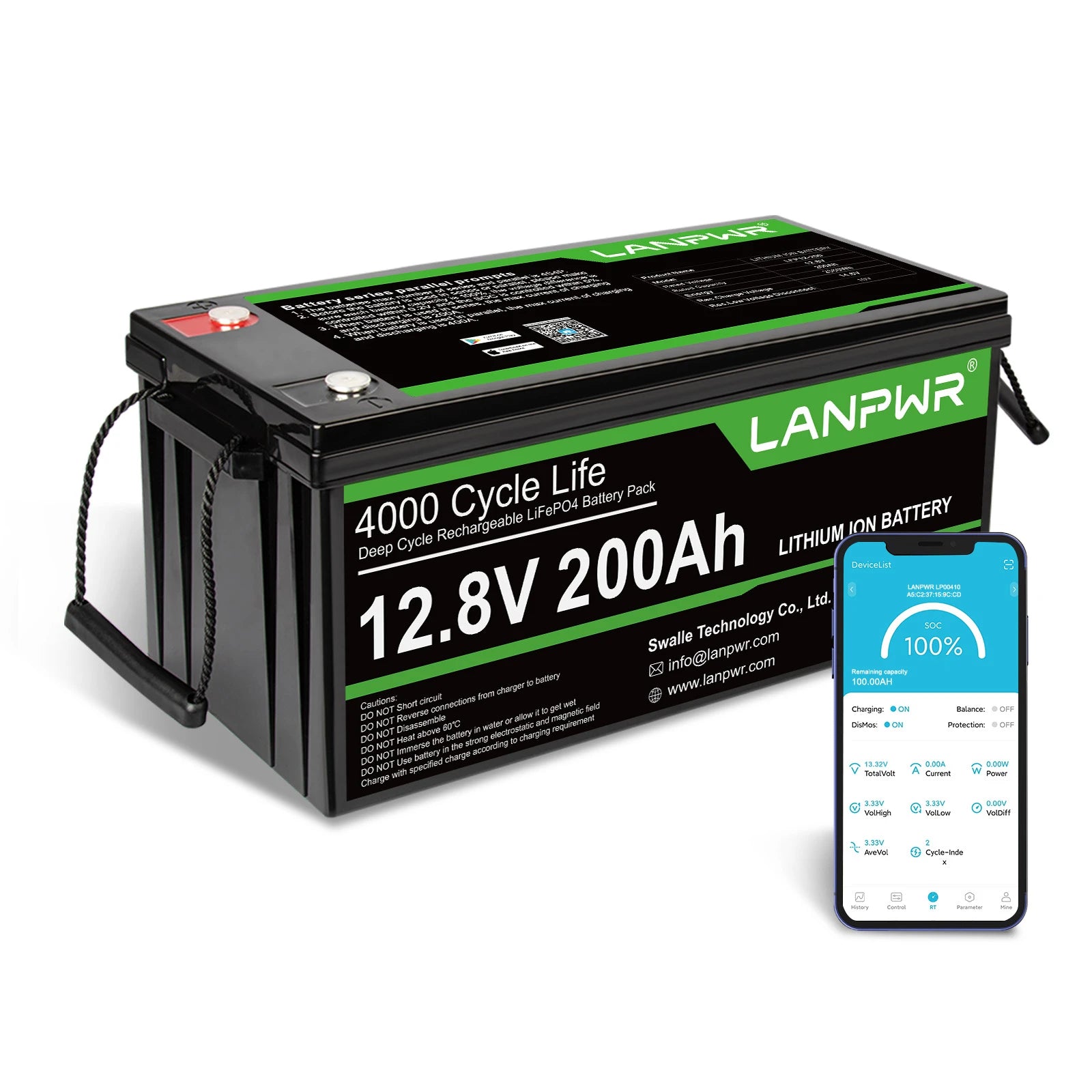
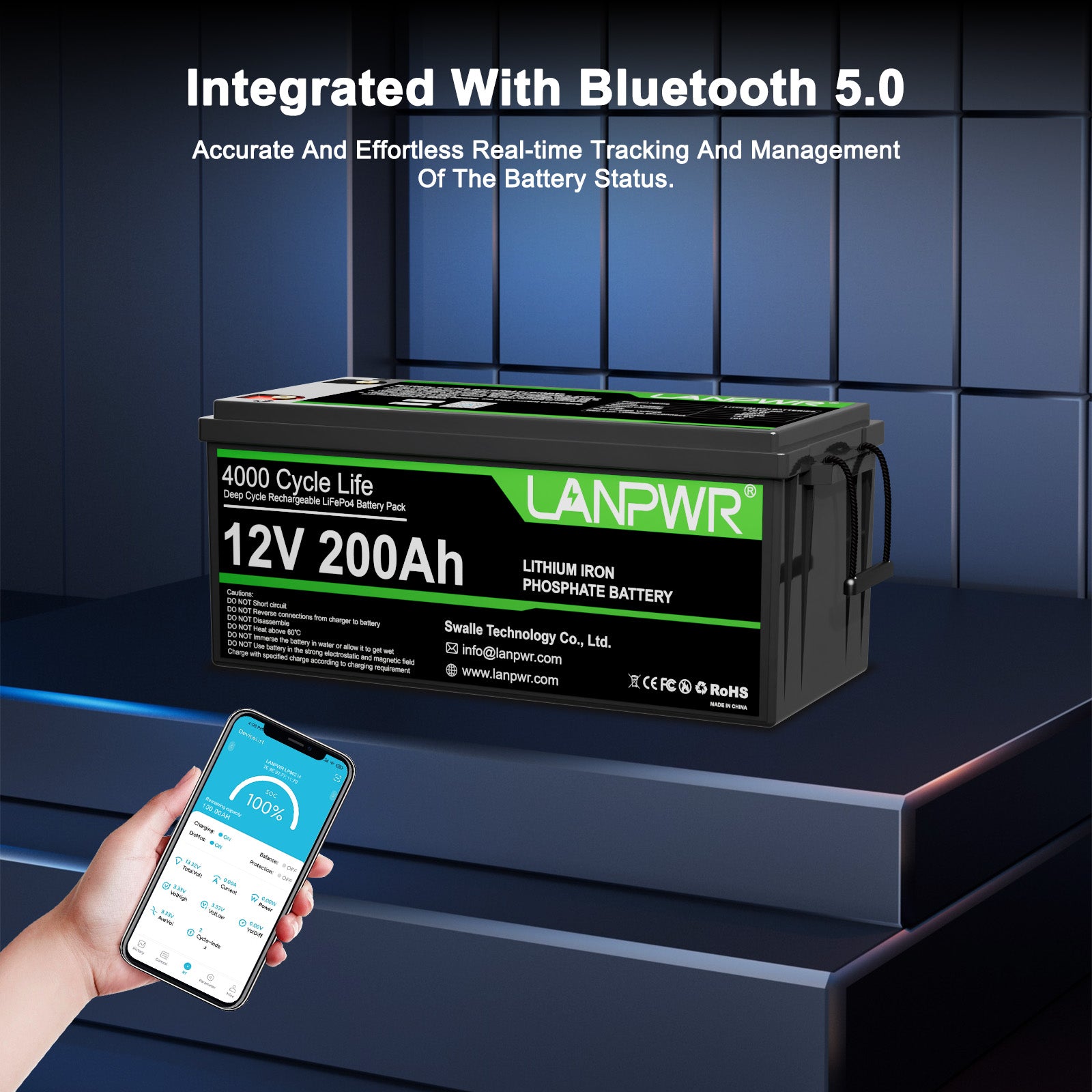
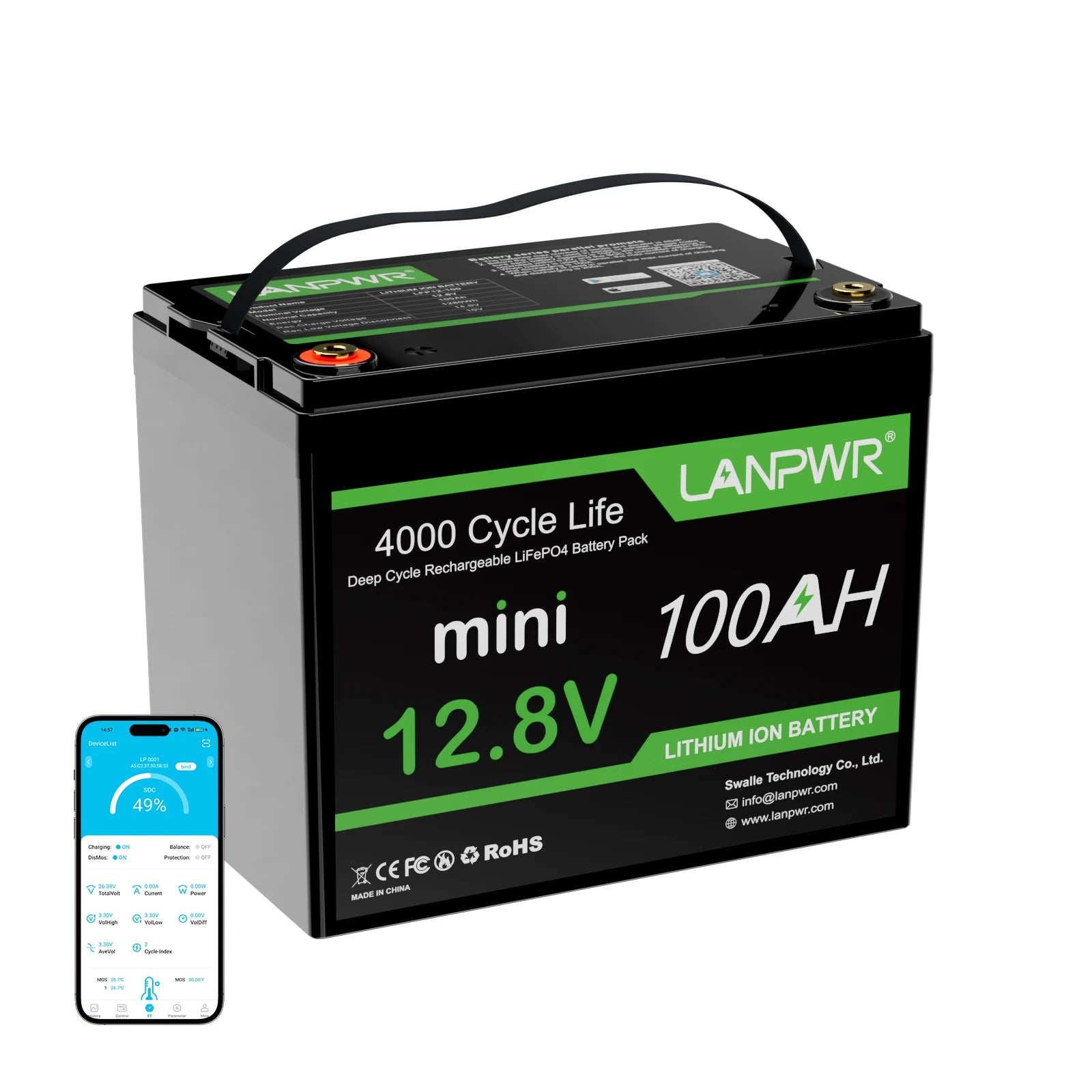
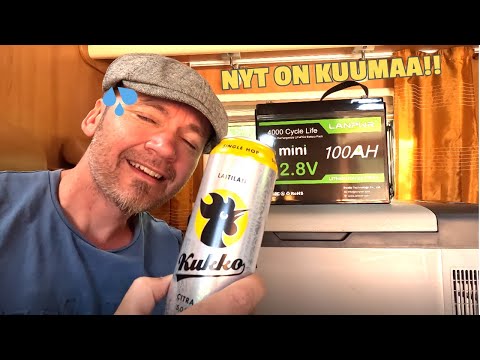
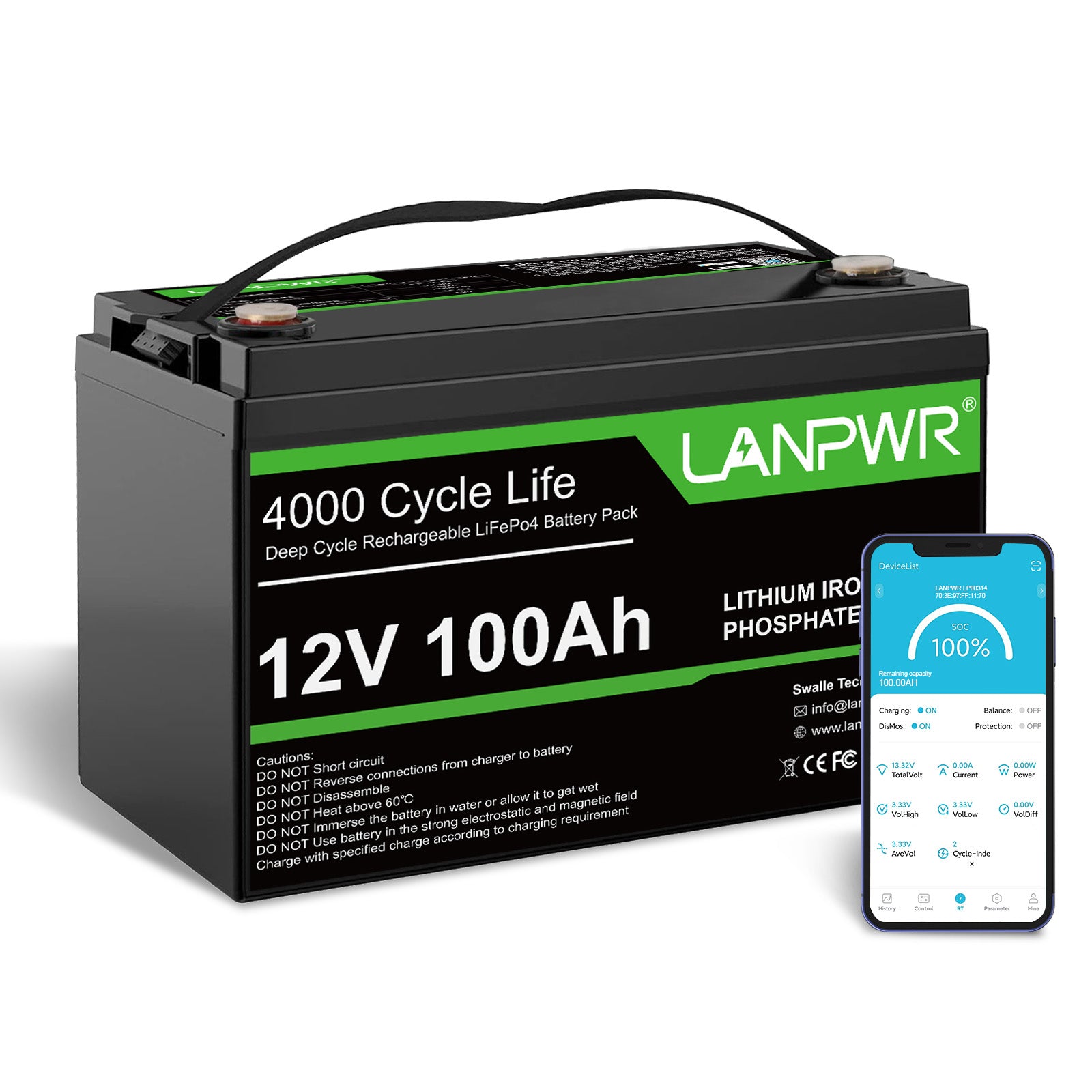

Leave a comment
This site is protected by hCaptcha and the hCaptcha Privacy Policy and Terms of Service apply.